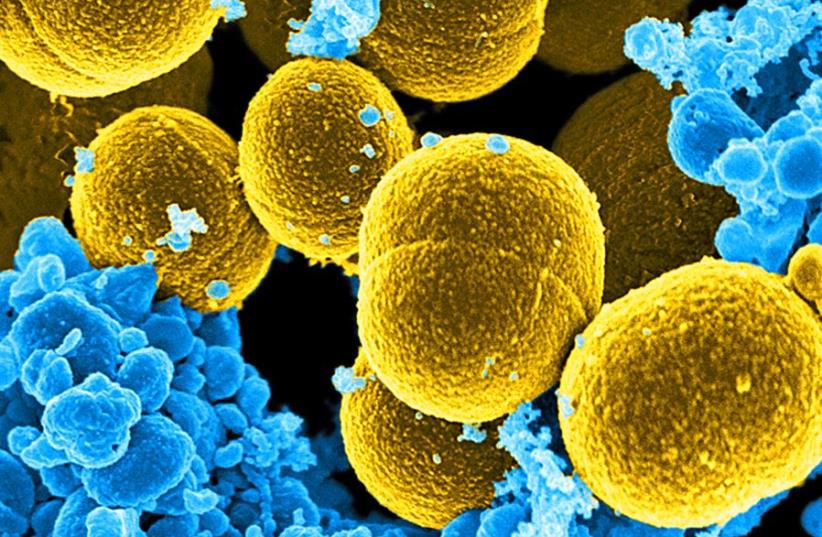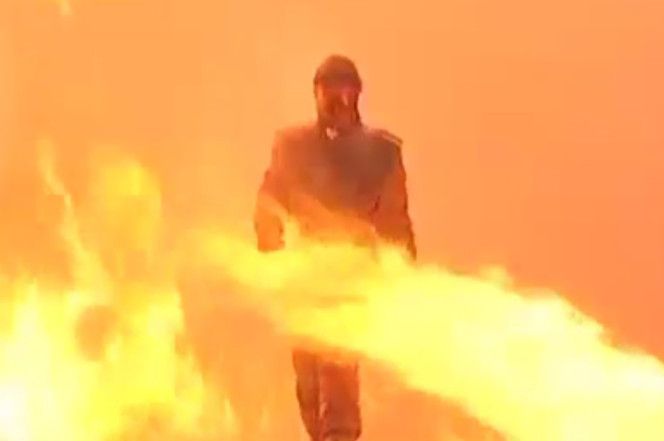Circa 2019
Earthquakes cause billions in damages and thousands of deaths a year. Here are the materials and technology used to design earthquake-proof buildings.


(CNN) — Scientists have long known our brains need sleep to review the day’s events and transfer them into longer-term memories. Students are often told to study just before turning in to maximize their recall of material for a test the next day.
But the exact way in which the brain stores our memories is poorly understood.
Now for the first time, tiny microelectrodes planted inside the brains of two people show just how the brain’s neurons fire during sleep to “replay” our short-term memories in order to move them into more permanent storage. The study was published Tuesday in the journal Cell Reports.
👽 We are running out of sand, Find out why.
Fyodor R.
If you’re planning a beach vacation, you’d better get to it soon. An alarming statistic for you: 67% of Southern California beaches? GONE by 2100. All because of sand. Even if you don’t think about the grainy stuff, you use it daily. You’re reading this off something made with sand, looking at it through a screen made with sand, surrounded by buildings made with concrete. I could let you guess what’s in concrete, but I suspect you’re already catching onto a theme here.
See more from Vince Beiser: http://a.co/5WGs8ij
Tech Insider tells you all you need to know about tech: gadgets, how-to’s, gaming, science, digital culture, and more.

A team at UPV’s Nanophotonics Technology Center has discovered a new fundamental symmetry in electromagnetism, acoustics and elasticity laws: a temporal supersymmetry.
According to Carlos García Meca and Andrés Macho Ortiz, researchers at NTC-UPV, this new symmetry allows the conservation of the linear moment between dramatically different physical systems. This paves the way to designing pioneering optical, acoustic and elastic devices, including invisible omnidirectional, polarization-independent materials, ultra-compact frequency shifters, isolators and pulse-shape transformers.
“These devices allow us to unusually modify different properties of light signals inside photonic circuits to process the spread of information. This is vital in communication systems. Moreover, we can adapt the functionality of those devices to the requirements at any time, as they are dynamically configurable,” explained Carlos García Meca.


A state-of-the-art disinfectant developed by the Israel Institute for Biological Research and distributed by Tera Novel is capable of killing 100% of bacteria, viruses, molds and some fungi, including the novel coronavirus.
“Our disinfectant works in a very different way from many others,” Tera Novel chairwoman Karen Cohen Khazon told The Jerusalem Post. “We also use hypochlorite, but in a very high [concentration] and we add some [additional ingredients] so that anywhere the disinfectant is sprayed, it becomes a very white film of gel which keeps the [material] on the surface for a while.”

Alloy 617 — a combination of nickel, chromium, cobalt and molybdenum — has been approved by the American Society of Mechanical Engineers (ASME) for inclusion in its Boiler and Pressure Vessel Code. This means the alloy, which was tested by Idaho National Laboratory (INL), can be used in proposed molten salt, high-temperature, gas-cooled or sodium reactors. It is the first new material to be added to the Code in 30 years.
The Boiler and Pressure Vessel Code lays out design rules for how much stress is acceptable and specifies the materials that can be used for power plant construction, including in nuclear power plants. Adhering to these specifications ensures component safety and performance.
INL spent 12 years qualifying Alloy 617, with a USD15 million investment from the US Department of Energy. A team at INL, in collaboration with groups at Argonne National Laboratory and Oak Ridge National Laboratory, as well as industry consultants and international partners, has now received approval from ASME for the alloy’s inclusion in the Code. Designers working on new high-temperature nuclear power plant concepts now have more options when it comes to component construction materials.

Russian scientists have unveiled a “Superman suit” they claim lets the wearer walk through fire and grenade blasts unscathed.
Vladimir Putin’s military says the suit is made of a heat-resistant “aramid” type material that can withstand half a minute of direct flame contact.
The heatproof suit, part of the country’s Ratnik program is expected to be ready for use by 2020.

Graphene light sail of 3mm in diameter with a mass of 0.25 mg ‘sets sail’ when pointed with a 1W laser. The prototype has a graphene micromembrane design that reduces the overall mass while keeping functional the complete area of the sail. Credit: Dr. Santiago Jose Cartamil-Bueno.
Overseas exploration and trade during the Age of Discovery (15th-17th centuries) were possible by sail technology, and deep-space exploration will require the same for the coming Age of NewSpace. This time, however, the new sails shall move with light instead of wind, for which these light sails need to be extremely large, thin, lightweight, reflective, and strong.
In a light-hearted leap for humankind, ESA-backed researchers demonstrate the laser-propulsion of graphene sails in microgravity.

From the editor: So far, the primary purpose of this site has been to serve as a “central point of information about anime and manga studies”, and a collection of resources that would be useful to the anime and manga studies community. However, I also gladly welcome new material, such as actual original commentary on anime/manga. If you would like to contribute an essay on any topic related to anime/manga, whether commentary or original research, please feel free to contact me.
The first such essay that I am happy to feature is “Towards a New Posthuman Ontology – The Anti-Anthropocentrism of Ghost in the Shell 2: Innocence”.
Yalun Li is the Co-founder of Dunes Workshop, an inter-disciplinary research and design organization. She is a candidate of Master of Architecture at Harvard University GSD and holds a Bachelor degree of Architecture at Syracuse University with a Philosophy minor. Her research interests include topics on Postmodernism theories in relation to media studies.